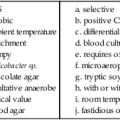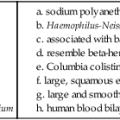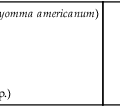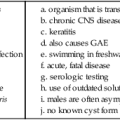Antifungal Susceptibility Testing, Therapy, and Prevention
1. Name the documents available that contain the current guidelines for antifungal susceptibility testing.
2. Identify three circumstances in which antifungal susceptibility testing may be valuable.
3. List three areas of concern that complicate interpretive guidelines.
4. Explain how amphotericin B is produced, how it is administered, and its most significant adverse reaction.
5. Describe the mechanism of action of flucytosine and the drug’s therapeutic use.
6. Identify three echinocandins and describe their mechanism of action.
Antifungal Susceptibility Testing
The Clinical Laboratory Standards Institute (CLSI) sets the standards for antifungal susceptibility testing. The current guidelines for these tests are provided in the following three documents, which are available on the CLSI website (www.clsi.org):
• Document M27-A3, Reference Method for Broth Dilution Antifungal Susceptibility Testing of Yeasts, Approved Standard, 3rd edition. This document covers requirements for use of the broth microdilution method. The standards for susceptibility testing are very specific about the inoculum size, test medium, incubation time and temperature, and end point of yeasts that cause invasive fungal infections.
• Document M38-A2, Reference Method for Broth Dilution Antifungal Susceptibility Testing of Filamentous Fungi, Approved Standard, 2nd edition. This standard is a microdilution method for molds that cause invasive and cutaneous infections.
• Document M44-A2, Method for Antifungal Disk Diffusion Susceptibility Testing of Yeasts, 2nd edition, Approved Guideline. This standard provides methodology for disk diffusion testing for Candida spp., including quality control and interpretation guidelines. Also see the International Supplement M44S3.
• Determining antibiograms for isolates in an institution
• Aiding the management of patients with refractory oropharyngeal candidiasis
• Aiding the management of patients with invasive candidiasis caused by non-albicans Candida spp. when the use of the azoles is in question







